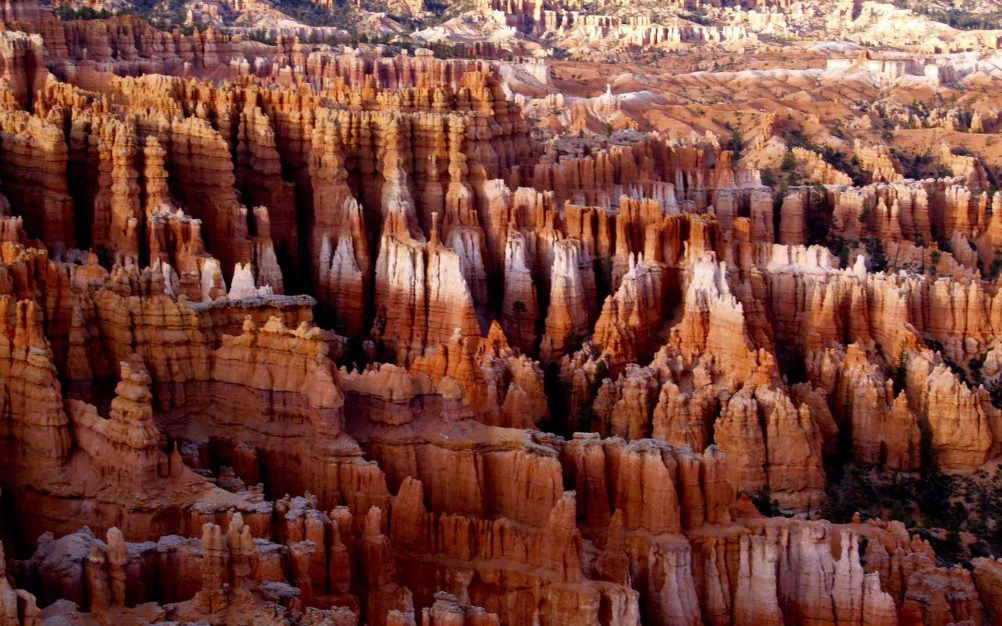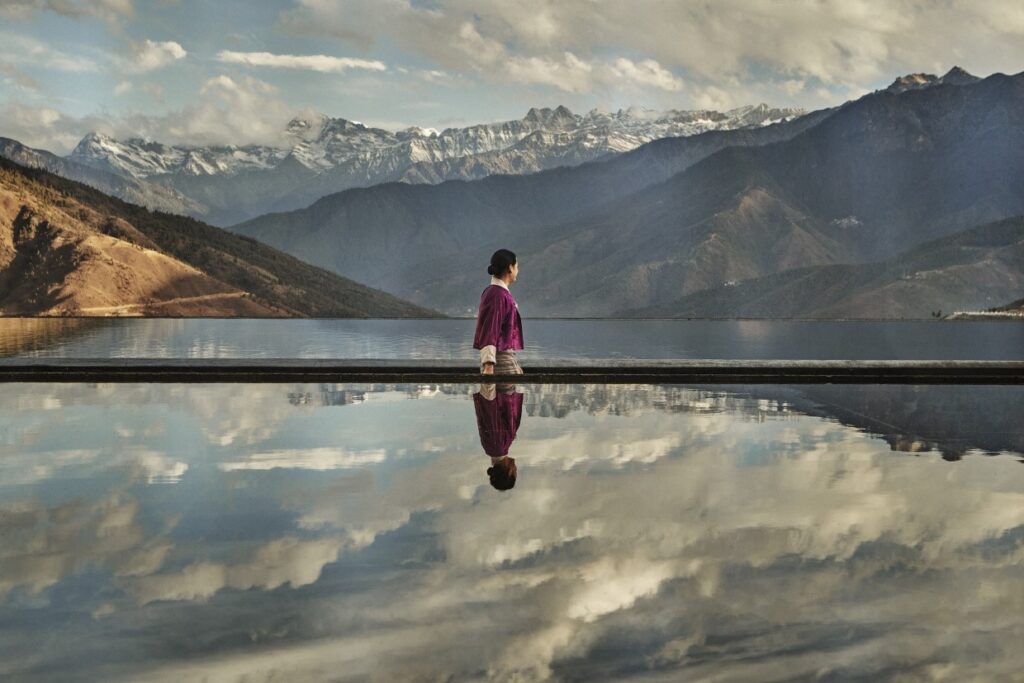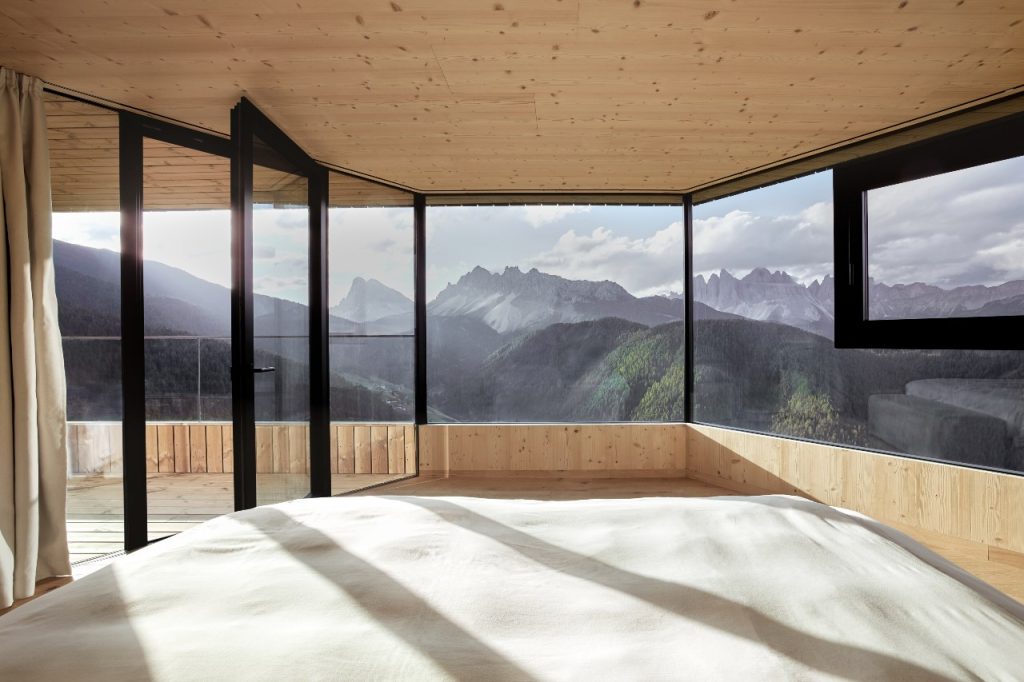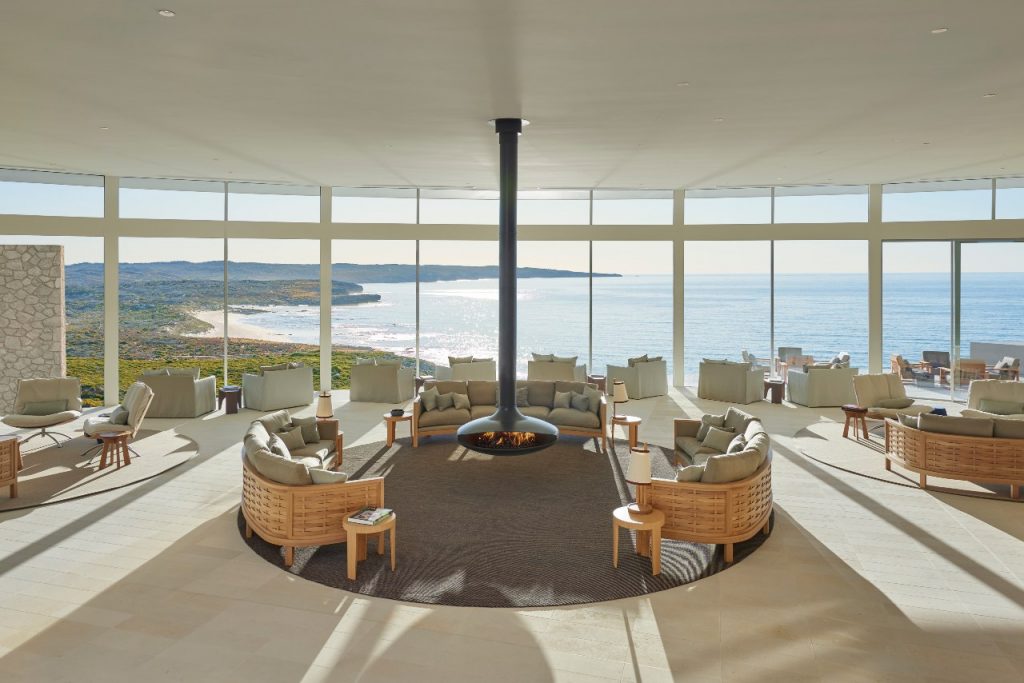The monumental US landscapes you must experience for yourself
Get set to feel small (in the best possible way).
Words by Ute Junker
Photos Stephen Leonardi, Ganapathy Kumar, Dom Carver
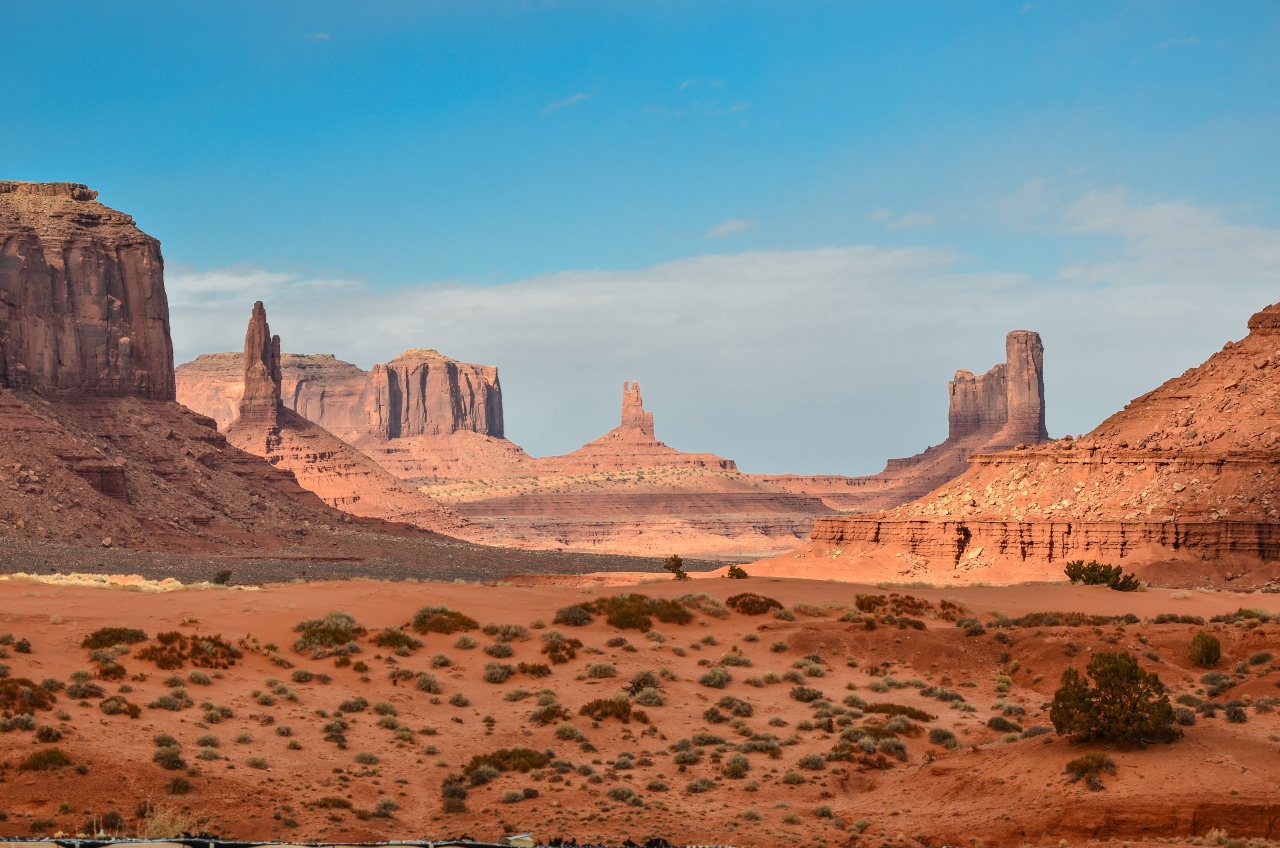
Monument Valley, Arizona
More Western movies were shot in Monument Valley than anywhere else in the United States, and it’s not hard to see why directors like John Ford shot films like Stagecoach and The Searchers here. Stretching to the horizon, studded with vast rock monoliths, this valley was just made for the big screen. The monoliths – some of which stretch up to 300 metres above the valley floor – come in two types. The buttes are the tall vertical columns of sandstone, while the mesas are broader flatter shapes that take their name from the Spanish words for table.
How to explore it: The valley is part of the Navajo National Tribal Park, and access is strictly controlled. You will need a four-wheel drive to follow the 27km scenic trail that takes you past famous formations, including the Mittens, the Three Sisters, Elephant Butte and Rain God Mesa.. If you want to explore beyond the scenic trail, you’ll need to sign up with an authorised tour company such as Simpson’s Trailhandler Tours, which includes an introduction to Navajo culture. Learn how people thrived in this harsh landscape, see petroglyphs carved by ancient peoples, listen to some traditional Navajo stories, and suddenly the valley is a living landscape, rather than a spectacular backdrop.
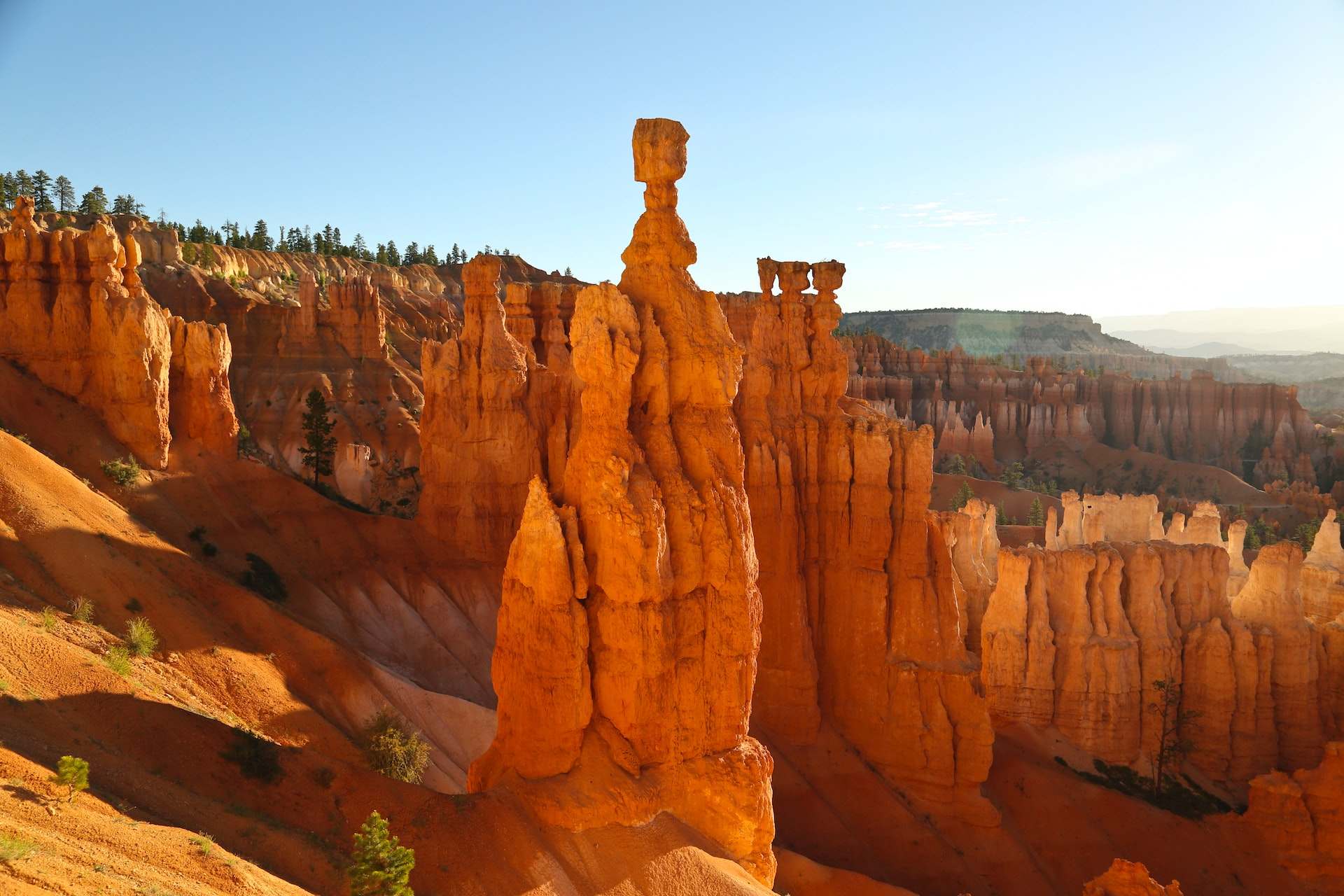
Bryce Canyon, Utah
For sheer spectacle, nothing compares to your first glimpse of Bryce Canyon and the army of hoodoos it contains – skinny spires of rock that jut up from a series of natural amphitheatres. There are literally thousands of them right throughout the park, ranging in size from two metres to 45 metres – that’s as high as a 10-storey building. The hoodoos vary in colour from brown pink and red to yellow and even purple, depending on the mineral content in the stone.
How to explore it: The park runs a shuttle bus to the main viewpoints along the rim of the 19km long Bryce Amphitheatre, or you can follow the rim trail, an easy paved path that connects the overlooks. The best experience, however, is hiking the Bryce Amphitheatre, an experience that feels like discovering a new planet. Follow the Queen’s Garden trail down, then join the Navajo Loop coming back up, walking on sandy red soil past twisted rocks, through holes carved in mammoth rocks soaring above you and beneath improbably-elongated Ponderosa pines. The descent into the canyon is 900 metres but the slope is gradual and can be tackled by anyone of moderate fitness. Allow between two and three hours for the hike.
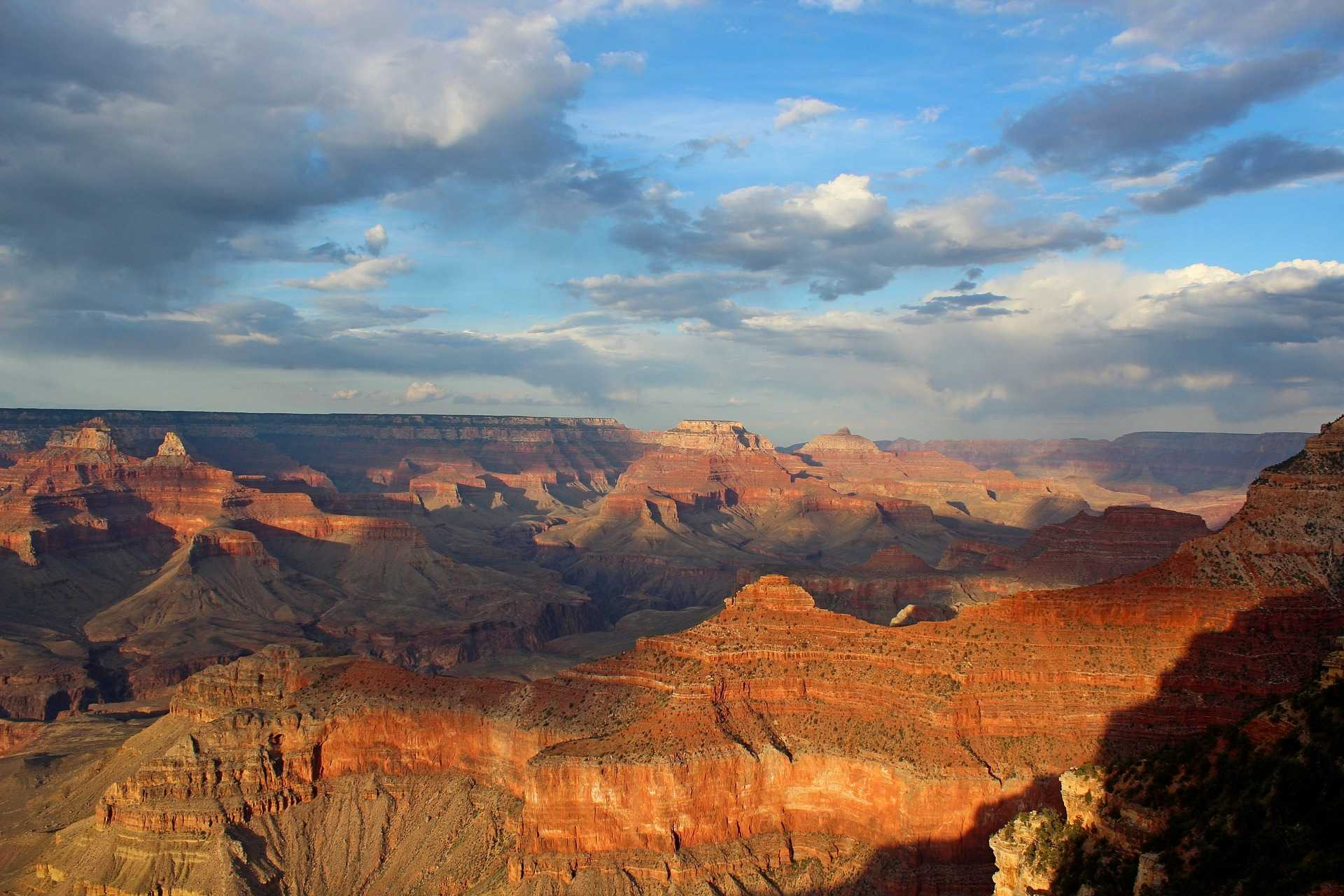
Grand Canyon, Arizona
Your first glimpse of the Grand Canyon is guaranteed to impress. The canyon itself is 445km long, 1.5km deep and up to 29km across at its widest point. This giant hole lets your peer into the earth’s history. The different rock strata are clearly visible, from the young rocks at the surface – only 225 million years old – through to the rocks at the bottom that date back an astonishing two billion years.
How to explore it: Head for the canyon’s south rim, which offers more trails and more facilities than the northern rim. The first thing to do is head for a viewpoint and marvel at the size of this thing. After that, it’s time to explore. A number of different shuttle routes make their way along the canyon rim, and you can get excellent views simply by sitting on the bus. Instead of sticking to the canyon rim walks, take a hike into the canyon itself. The Bright Angel Trail is the most popular. It’s 1.5km straight down but if that’s too daunting, you don’t need to go all the way. Just remember that it’ll take you twice as long to get back up so if you’re going to walk down half an hour, allow for a 1.5 hour round trip.
